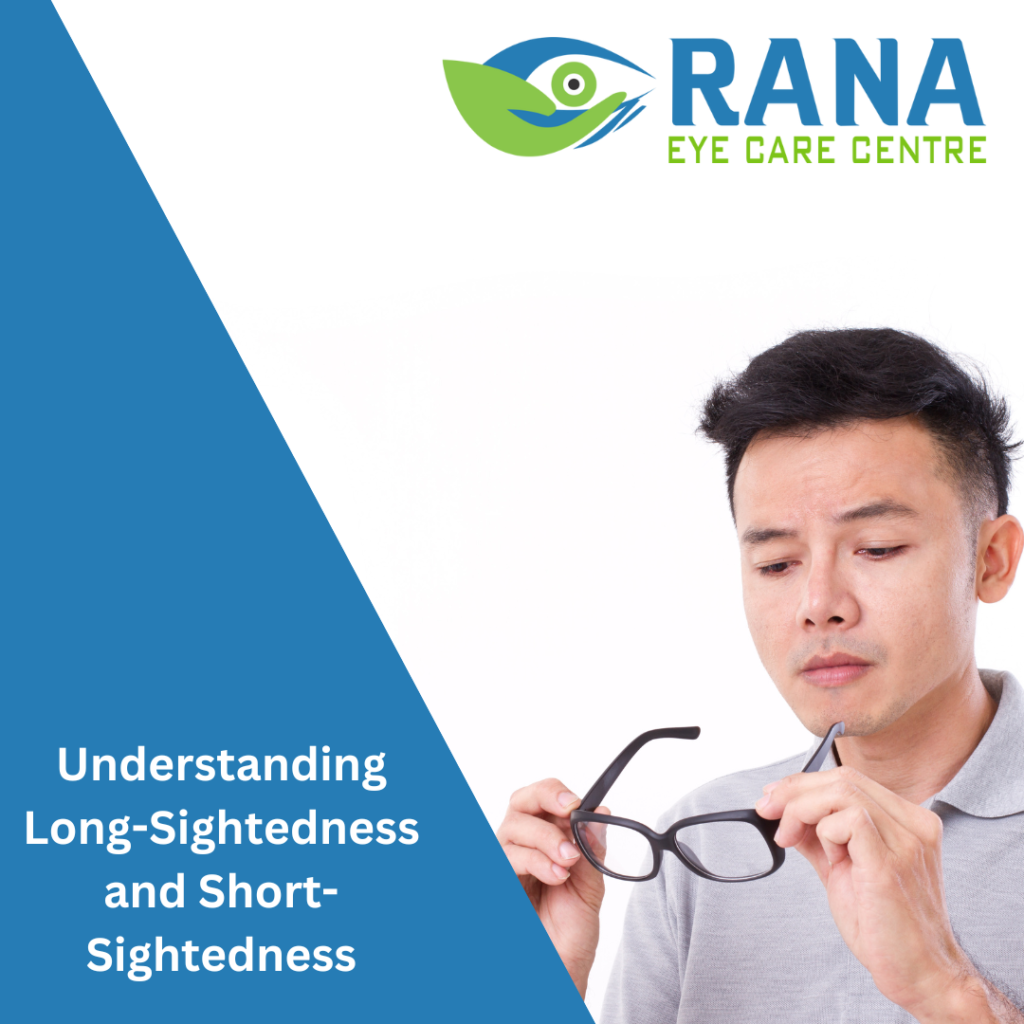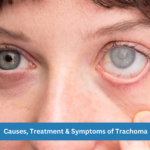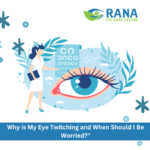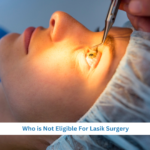Understanding Long-Sightedness and Short-Sightedness
Clear and healthy eyesight is crucial for stress-free and all-around performance in whatever task we undertake. Our ability to fully enjoy life is enhanced by having clear eyesight, which is connected to an increased quality of life. Our eyes are incredibly well-built cameras that employ straightforward and complex optics to enable us to see clearly. In this post, we will discuss long-sightedness (hypermetropia) and short-sightedness (myopia) along with their underlying causes.
What is Hypermetropia or Long Sight: Long-sightedness, as the name implies, is characterized by strong long-distance vision and hazy near-vision. Hypermetropia is the medical term used to describe long sight. Many of us have mild long-sightedness without realizing it; only severe long-sightedness leads to headaches, blurred vision, and tired, sore eyes. In young people, the eye muscles can sometimes partially correct long-sightedness, but reading glasses become necessary by our mid-40s as this ability declines further with age.
Causes of Long-Sightedness: Long-sightedness occurs when the eye’s focus ability is insufficient to make light rays strike the retina; instead, they land behind the eye, causing close objects to appear blurry. Causes include:
– An eyeball that is too short.
– An overly flat cornea, the eye’s front transparent layer.
– The lens inside the eye cannot properly illuminate the retina.
What is Myopia or Short-Sightedness: Conversely, short-sightedness results in clear close vision but blurred distant vision. Myopia is the medical term for short-sightedness. It’s a common issue that can be treated or cured, but without proper management, it’s predicted that by 2050, half of the world’s population will be myopic. Lockdowns and increased screen time have led to a rapid rise in myopia cases worldwide.
– Children with myopia may inherit it from one or both parents.
– Spending excessive time on screens can increase the risk of myopia in children, explaining the post-pandemic surge in cases.
– Lack of outdoor time in natural light is also linked to myopia risk, making outdoor activities essential for kids.
In conclusion, treating myopia (short-sightedness) and hyperopia (long-sightedness) involves various techniques. Corrective lenses, such as glasses or contact lenses, offer immediate relief. Surgical procedures like LASIK provide a more lasting solution. Lifestyle changes, like reducing screen time and maintaining good eye hygiene, can alleviate symptoms and promote eye health. Regular eye exams are crucial for early detection and appropriate action, ensuring long-term comfort and clear vision.






No Comments